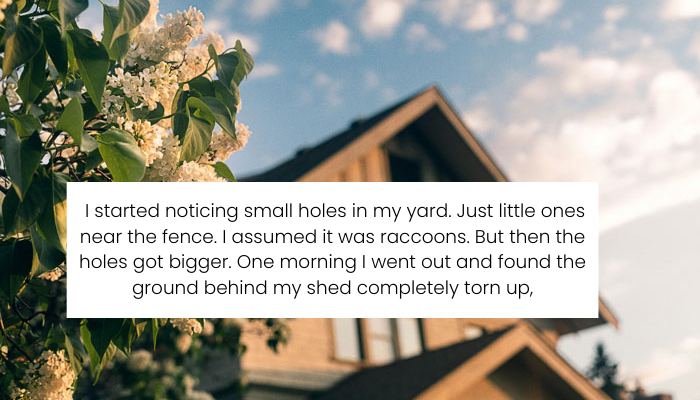Drawing the Line: Upholding Property Rights Amidst a Child’s Imaginative Play
In suburban neighborhoods, fostering a sense of community often involves a delicate balance between encouraging children’s imaginative play and respecting individual property rights. A recent incident underscores this tension: a homeowner discovered that a neighbor’s child had been digging holes in his yard, burying toys and other items as part of a pirate-themed game. Despite the homeowner’s polite requests to cease this activity, the child’s mother dismissed the concerns, emphasizing the importance of nurturing her son’s creativity. This situation escalated when the homeowner returned the buried items, leading to accusations of stifling the child’s imagination and creating an unwelcoming environment.
This scenario highlights the challenges homeowners face in maintaining their property’s integrity while navigating community dynamics and differing parenting philosophies. It raises questions about the extent to which individual rights can be upheld without alienating neighbors or discouraging children’s creative expressions.
Ideally, neighbors should be able to find a way to balance community and privacy

But this homeowner doesn’t appreciate a local boy playing in his yard, and he believes his parents are the problem

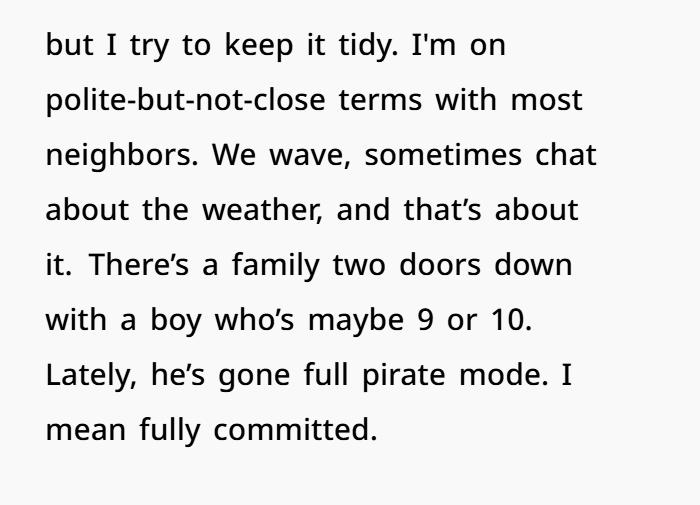
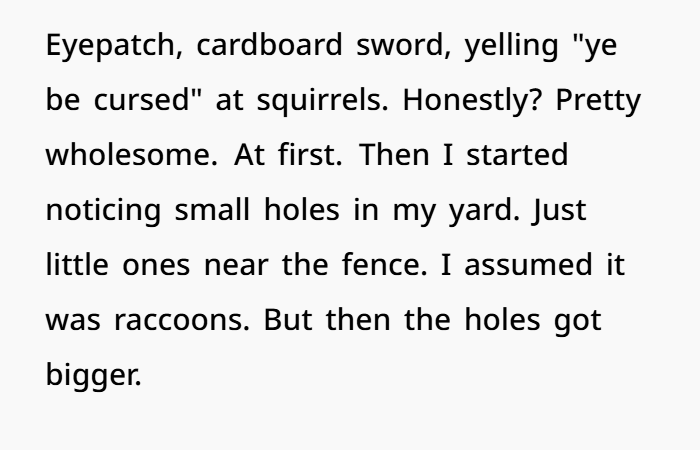
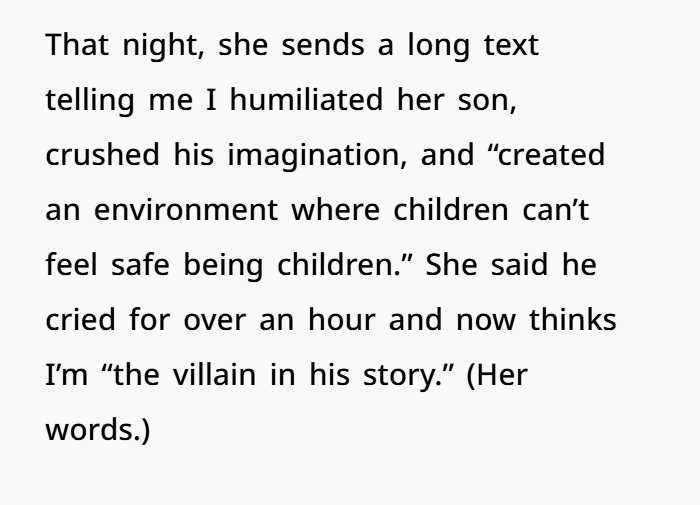

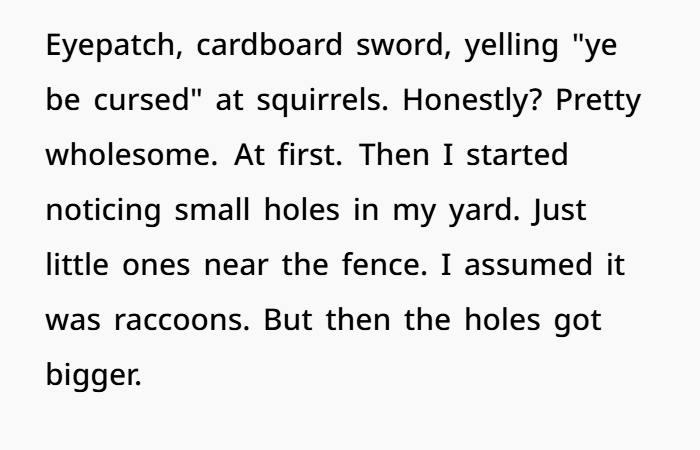

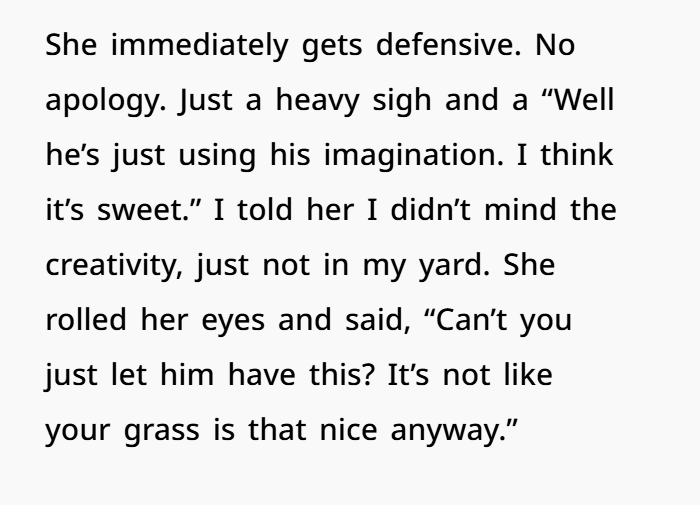
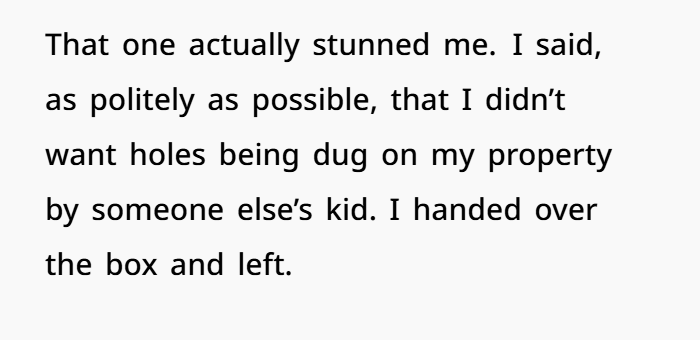

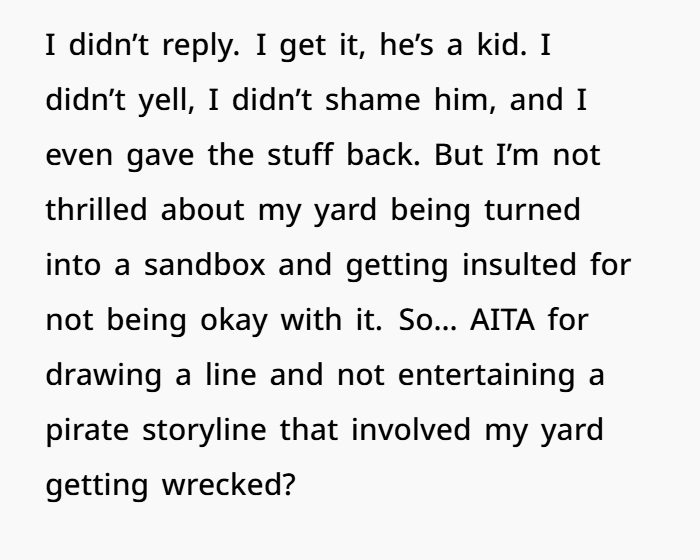
1. Legal Considerations of Property Rights and Trespassing
Homeowners possess the right to the exclusive use and enjoyment of their property. Unauthorized entry, including by minors, can constitute trespassing. While the law often treats children’s trespassing with leniency, repeated unauthorized intrusions that result in property damage may warrant legal action. In such cases, homeowners can issue formal notices or seek mediation to resolve disputes amicably. If these measures fail, legal remedies, including small claims court, may be pursued to address damages and enforce property rights.
2. Parental Responsibility and Liability

Parents are generally held accountable for their children’s actions, especially when those actions lead to property damage. If a child causes harm to a neighbor’s property, the parents may be liable for repair costs. It’s essential for parents to supervise their children’s activities and ensure they understand boundaries, particularly in shared community spaces. Failure to do so not only strains neighborly relations but can also result in legal and financial consequences.
3. Balancing Imaginative Play with Respect for Others
Encouraging children’s creativity is vital for their development. However, it’s equally important to teach them respect for others’ property and boundaries. Parents can guide children to channel their imaginative play into appropriate settings, such as public parks or their own yards. This approach allows children to explore and create without infringing upon others’ rights or causing unintended harm.
4. Effective Communication and Conflict Resolution
Addressing such issues requires open and respectful communication between neighbors. Homeowners should express their concerns calmly and clearly, outlining the impact of the child’s actions on their property. Similarly, parents should listen and take responsibility, working collaboratively to find solutions that respect both the child’s need for play and the neighbor’s property rights. In cases where direct communication is ineffective, involving a neutral third party or community mediation service can help resolve conflicts constructively.
People who read the story thought the man did nothing wrong
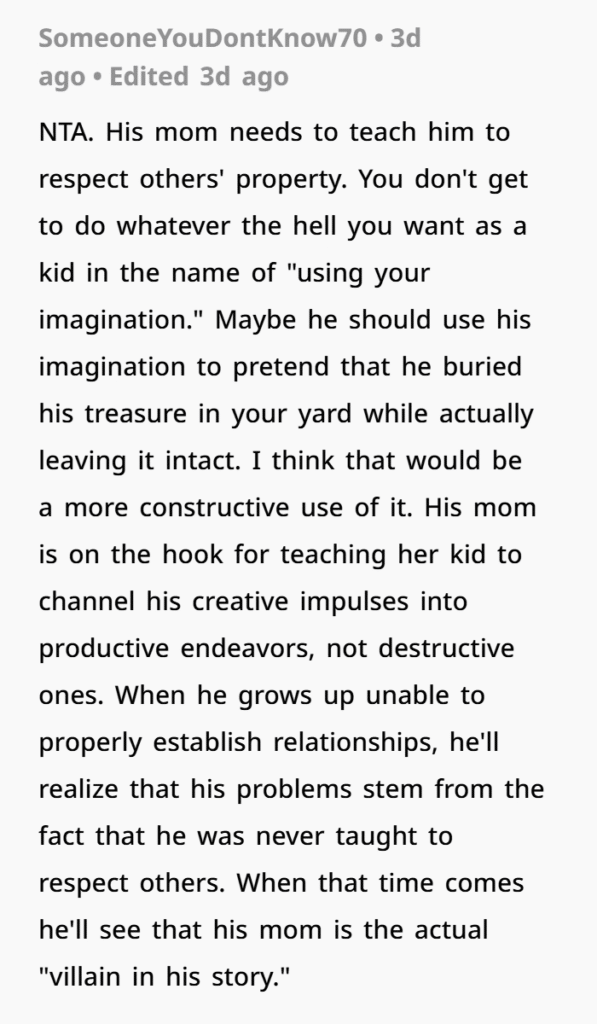
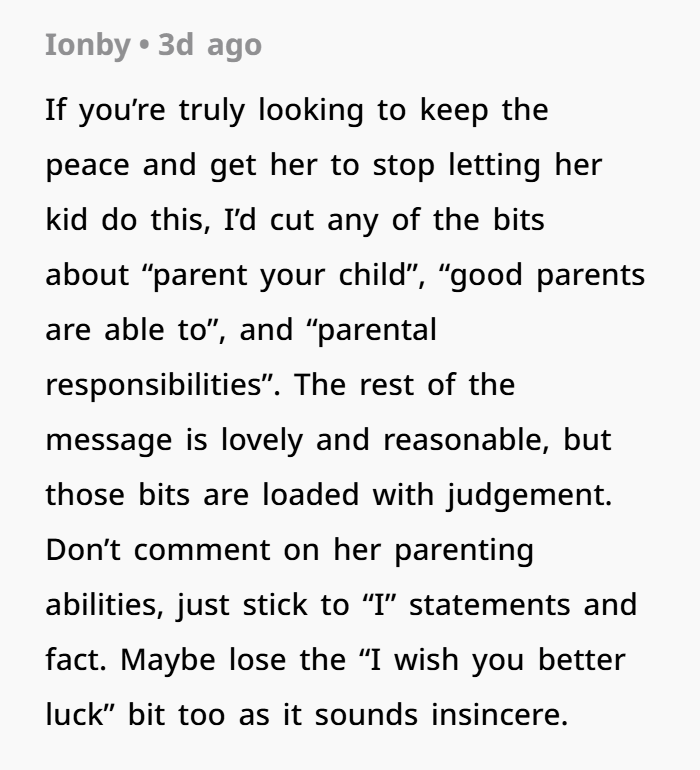
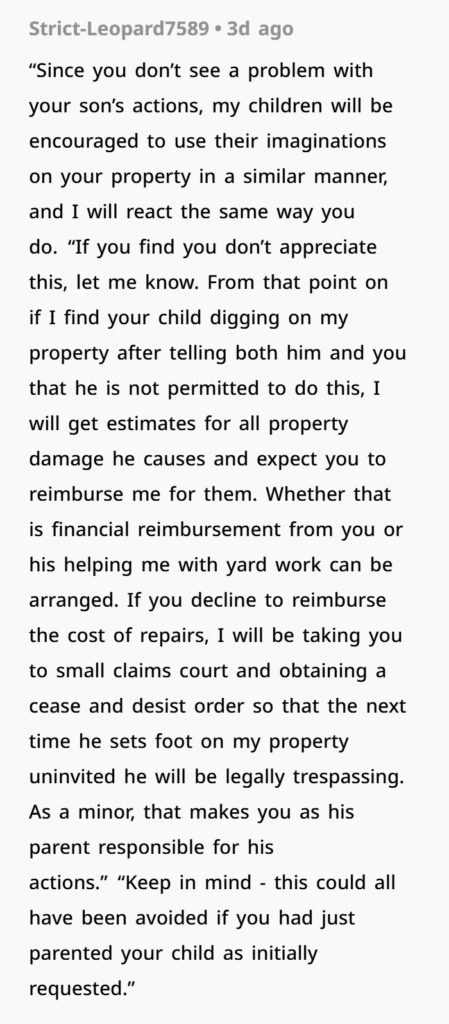
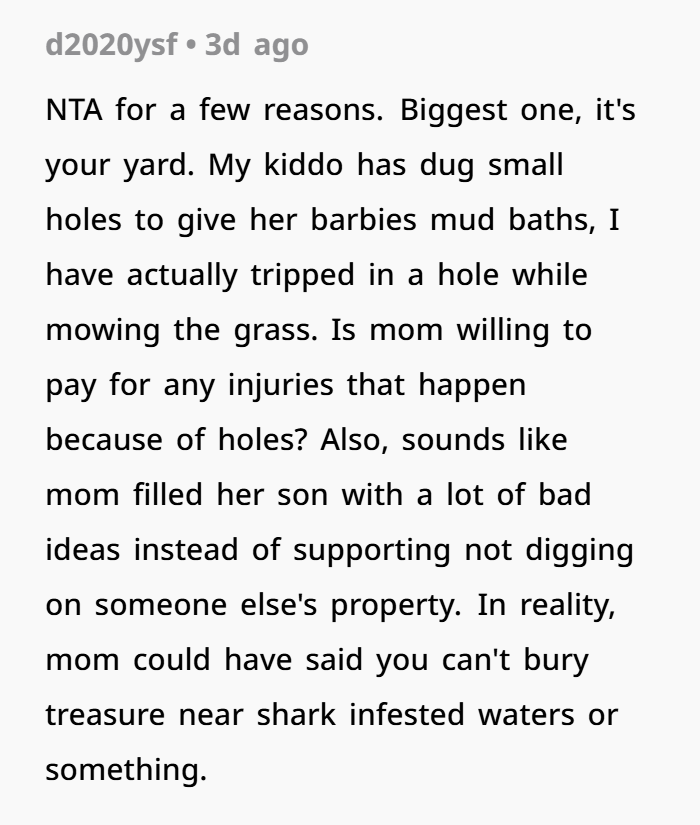
Navigating the intersection of children’s imaginative play and property rights necessitates a balanced approach that honors both developmental needs and legal boundaries. By fostering open dialogue, mutual respect, and proactive problem-solving, neighbors can create a harmonious community environment where creativity thrives without compromising individual rights.


